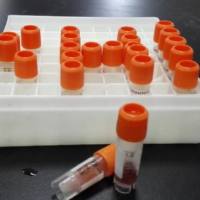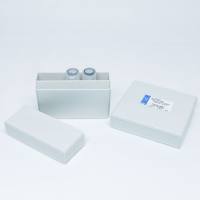Vertebrate chromosomes end in a variable number of T2 AG3 repeats (1 ), which, jointly with associated proteins, are essential for chromosomal stability (for reviews, see refs. (2 –4 ). Telomeres have important roles in essential cellular processes like replication, malignant transformation, and cellular aging (see ref. (5 –8 ). Telomere repeats make up to 2–50 kb of DNA (1 ,9 ,10 ), which are complexed with TTAGGG repeat binding factor (TRF) proteins (11 ,12 ). At interphase, telomeres are dispersed throughout the nuclear lumen (13 ,14 ) and appear to be associated with the nuclear matrix (15 ). In most somatic cell types replicative shortening leads to an interchro-mosomal variation of terminal T2 AG3 repeats (14 ,16 ,17 ) which can be halted or restored by the DNA-dependent (RNP) polymerase telomerase (8 ,18 ). Furthermore, telomeres are key players in the chromosome-pairing process during meiosis. At the onset of mei-otic prophase the scattered premeiotic (somatic) telomere distribution is altered such that telomeres attach to the inner nuclear membrane and then move along it to cluster in a limited nuclear envelope sector at the onset of zygotene (see ref. 19 ). This bouquet formation is thought to contribute to homolog recognition and pairing (e.g., 19 -21 ).






